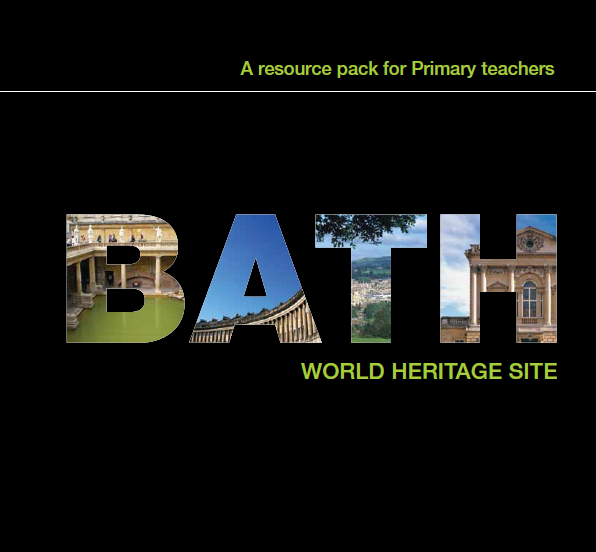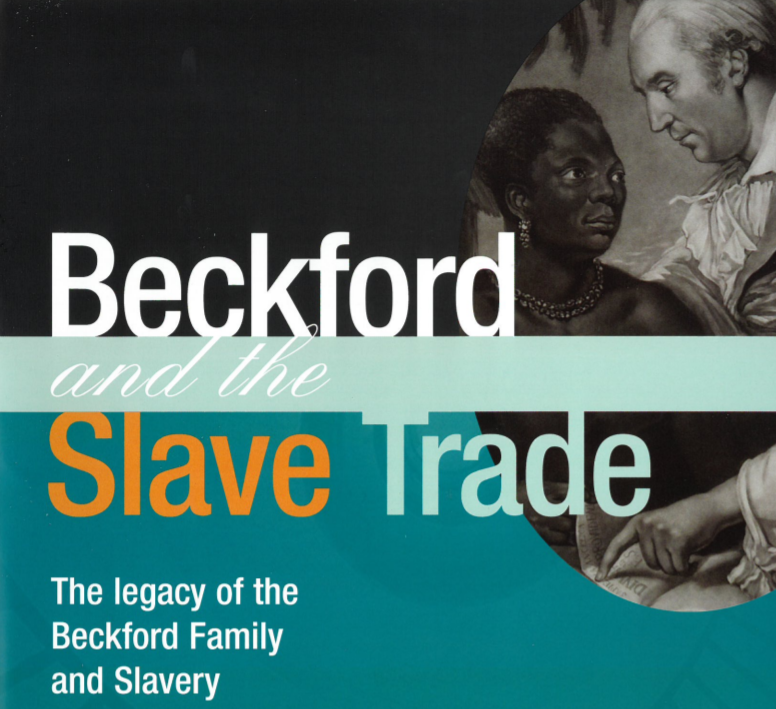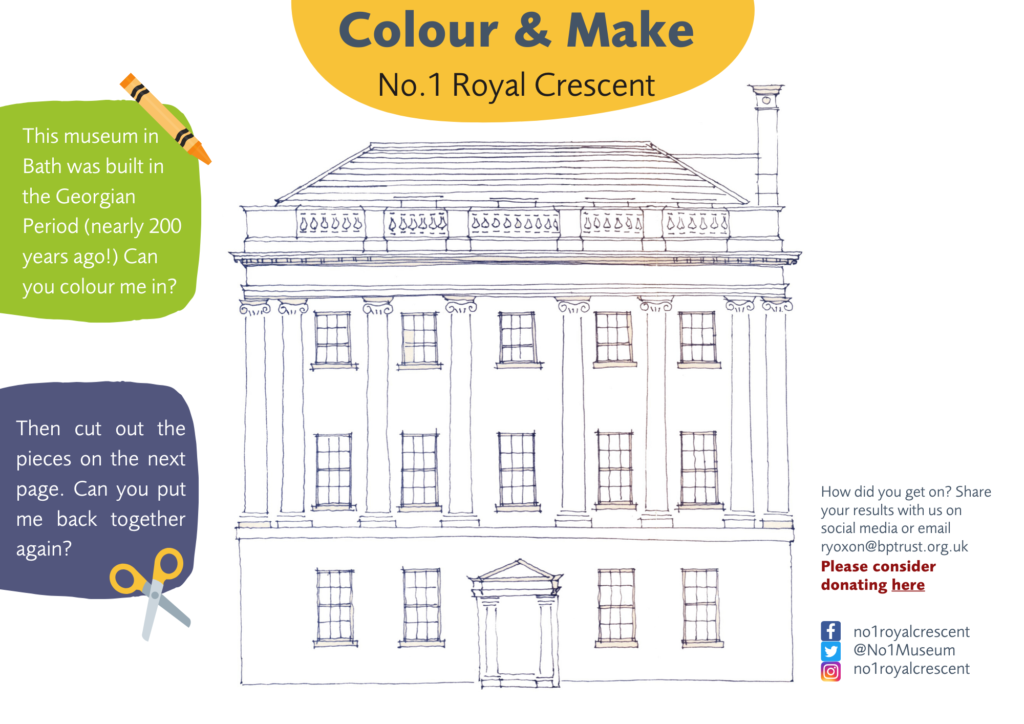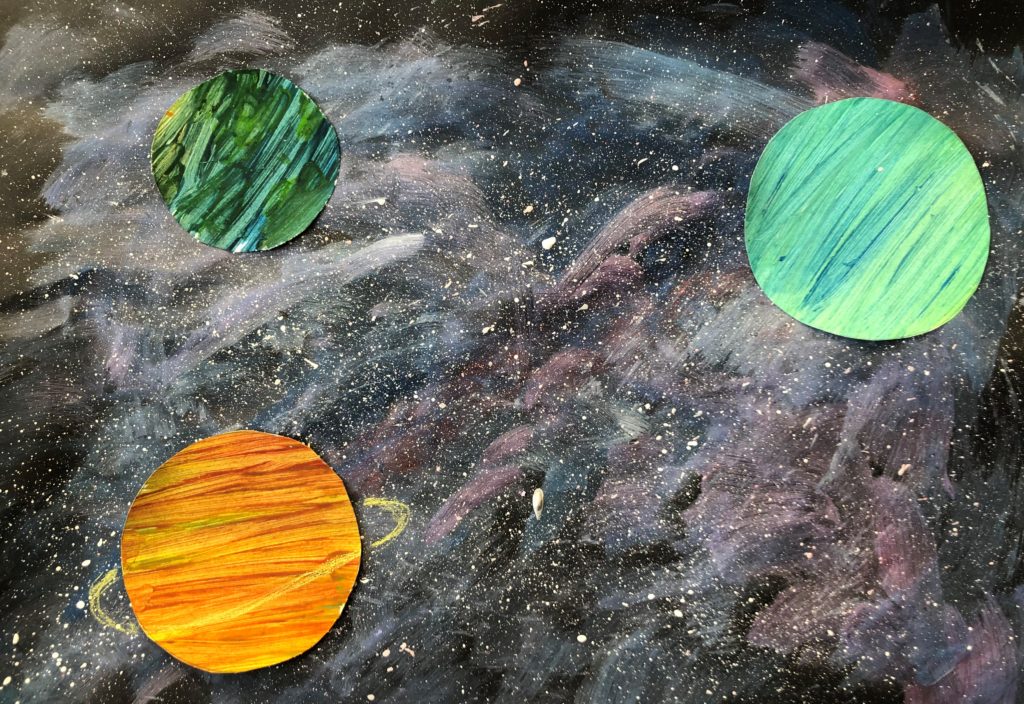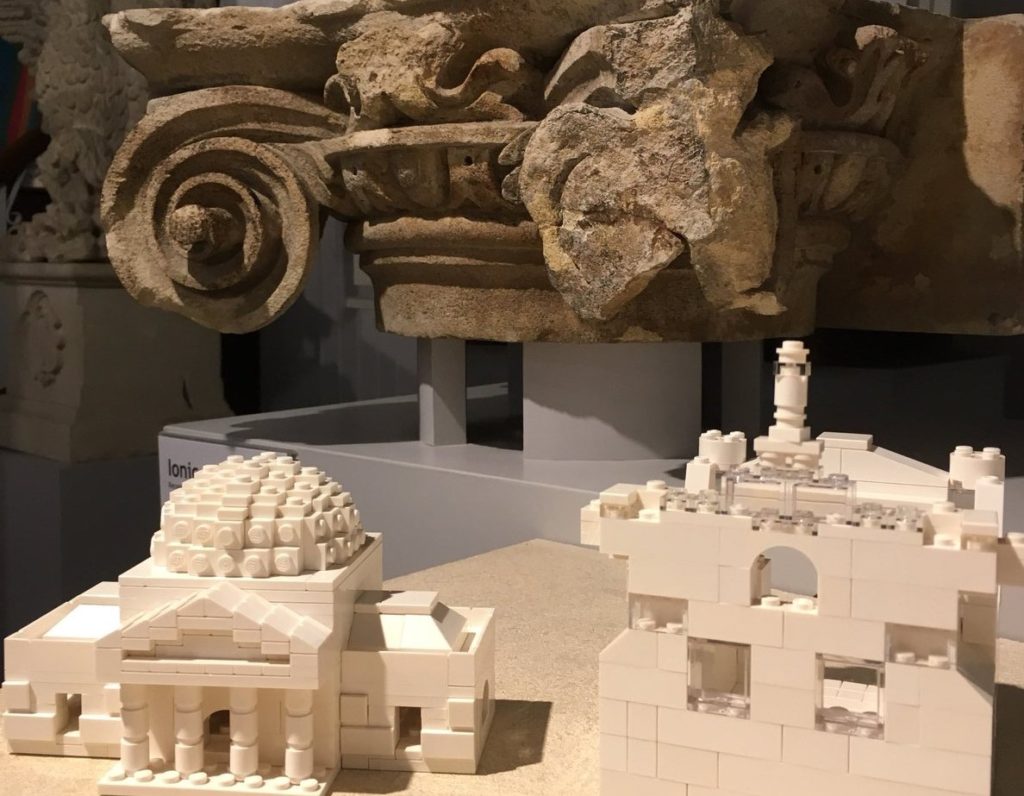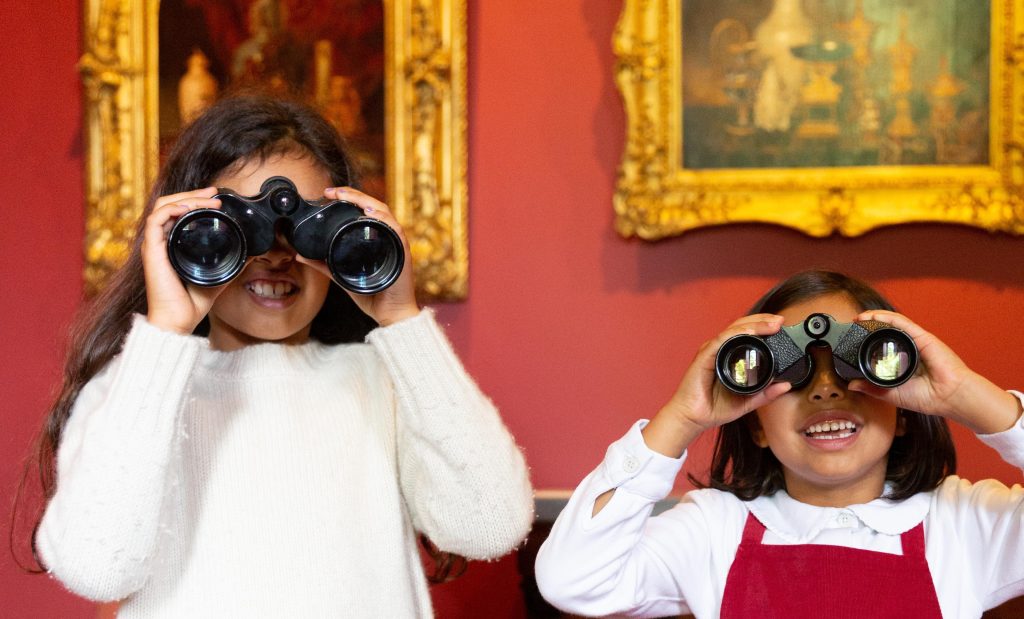Georgian Bath was built largely due to the Transatlantic Slave Trade, a part of the network of trade which existed between Britain, West Africa and the Caribbean between 1501 and 1866.
We know that our buildings and collections have strong connections with this awful period in history and we do not hide it. We believe that it is vital to share these histories to encourage discussion and debate, especially with children whether in school or at home.
We are currently working on a number of resources to support these conversations. While we do this we have compiled a list of our own resources from previous exhibition surrounding Bath and the Slave Trade and links to our favourite resources, websites and literature from elsewhere.
If you would like to support our work or suggest other resources to add to our list, please do not hesitate to get in touch by contacting learning@bptrust.org.uk
Resources from our museums:
The history of the Beckford family is a tale of social ambition, political manoeuvrings and inexhaustible collecting all made possible by a huge family fortune built on the back of the Transatlantic Slave Trade. Read more about it here – Beckford and the Slave Trade: The Legacy of the Beckford Family and the Slave Trade.
Elegance and pleasure in Georgian England owed much to the British slave trade. Read more about how this links to objects from our collections here – Elegance and Exploitation: Luxury Goods and the Slave Trade.
Watch ‘Civilisations Stories’ Episode 10 of 11: The Remains of Slavery – In this West Country addition of the BBC series, Brisol and Bath’s ties to the slave trade are explored, including a feature at one of our museums, Beckford’s Tower.
Resources from other museums:
‘Hidden Presence in Bath’ is a project funded by HLF researching the Black presence within Georgian and Victorian Bath – Explore the project online here.
Explore Britain’s ties to the transatlantic slave trade here – Liverpool Museums and the Transatlantic Slave Trade.
What was the transatlantic slave trade? Who benefited from it? What was Bristol’s involvement and what are its legacies today? Bristol Museums explore these questions and more here – Bristol and the Transatlantic Slave Trade
The Understanding Slavery Initiative is a free online teaching resource produced by a partnership of 6 UK Museums to support the teaching and learning of transatlantic histories and legacies.
Discover how the trade in enslaved Africans and sugar shaped London in the Museums of London’s ‘London, Sugar and Slavery’ Exhibition – Explore the exhibition online here.
Explore the everyday lives of Black people during the Georgian period (1714-1830) with the Black Cultural Archives – View ‘Black Georgians: The Shock of the Familiar’ online exhibition here.
Teaching Slavery resources and literature from elsewhere:
Rebekah Gienapp discusses tips for when and how to have these conversations, approaches to avoid, and a list of recommended books to help you talk about slavery with young children – How should we talk with children about slavery?
CBBC Newsround – Guide to slavery.
BBC Bitezise – the Triangular Slave Trade learning revision guide for Key Stage 3.
Parliament and the British Slave Trade 1600 – 1807 – this complex relationship is explored, with online access to all of the key documents in the archives including the 1807 Act and slave trade petitions. The learning section includes lesson plans and tools for creating interactive resources
How did the Abolition Acts of 1807 and 1833 affect the slave trade? – A lesson pack to support teaching in school or at home designed for Key Stages 3 and 4 from the National Archives
Black History reading lists for children
Best children’s books about black history – a run-down of some of the best books to introduce to children when supporting learning about Black History.
Slavery, resistance and reparations – an extensive run-down of books recommended for the classroom and as background reading for parents and teachers on the history of slavery and resistance in the United States.


